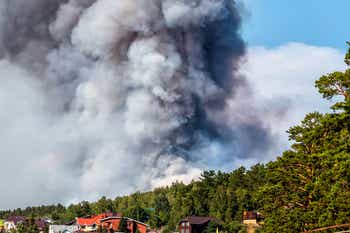Fire country is a great ranging term used to embrace all of the landscapes prone to ignition in the U.S. Fire country is characterized by hillsides and mountains, expanses of open vegetation and overgrown urban areas. The term encompasses landscapes classified as high fire hazard and WUI, the wildland/urban interface.
What are the home ignition zones?
The Home Ignition Zone (HIZ) is a model and means of homesite protection. It includes everything on your property (or within 200 feet of your home). The HIZ is broken up into three zones.
Ignition Zones
Immediate Zone — This is the zone that demands immediate action – it is the zone with the greatest impact. It includes your home and everything within 5 feet around it. This zone is designed and maintained to withstand an onslaught of firebrands and heat.
Intermediate Zone — This zone extends 5 feet from your house to 30 feet outwards. It is in this zone that all fires – ground and canopy – can be extinguished. This is the second greatest use of your resources and time to protect your home and property.
Extended Zone — This zone extends 31 feet from your house to 100 feet on your property line. In areas of Extra High Fire Hazard this zone will extend to 200 feet from your home. The goal of this zone is to dramatically diminish and slow a fire.
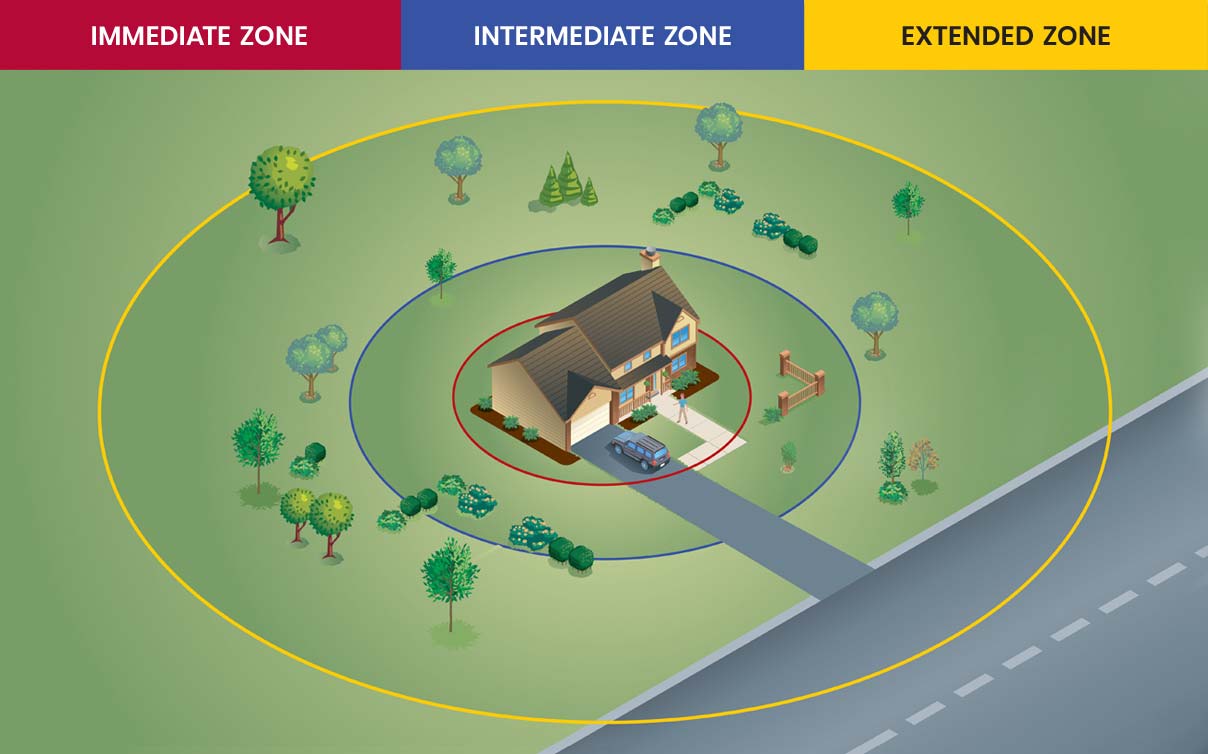
What is the single greatest thing I can do to save my home?
There is no single best thing in creating a fire-hardened house. During a firestorm, firebrands will batter your home for days, if not weeks, and these flying burning embers will ignite anything remotely flammable.
To protect your house from firebrands, and direct flame contact, create a fire hardened structure. The elements of a protected structure include:

The Roof
Firebrands will assault a roof and it is by far the most important feature of a fire-hardened home. A Class A fire-resistant roof, like metal, clay or concrete tile, is a must. Wood shingles need to be replaced and damaged roofing must be repaired.
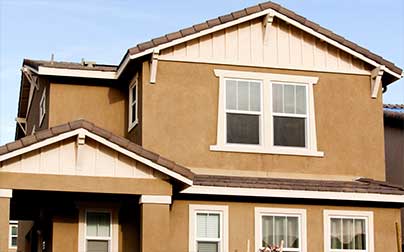
Siding
Non-combustible siding, such as stucco and stone, is the second most important characteristic in saving a structure. If the siding is wood, then it should have a one hour fire resistant rating and be constructed with no cracks or deep seams.

Eaves
Eaves are small and should be coated with non-flammable material, such as certain paints, or covered with a fire resistant soffit.
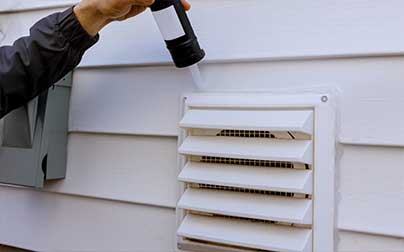
Air Vents
Air vents are designed smaller in fire country and screened with mesh that is non-combustible, non-corrosive, and no greater than 1/8 inch (although 1/16 inch may be recommended in very high fire risk areas).
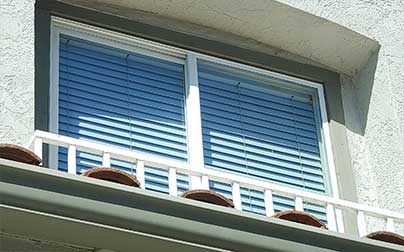
Windows
All windows are made from tempered glass and are either double or thermal paned.
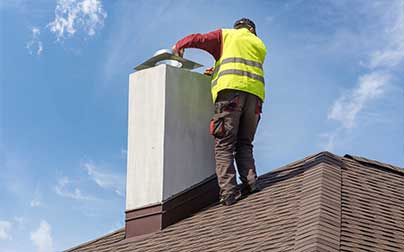
Chimneys and Stovepipes
Spark arresters are installed above all chimneys and stovepipes. Screens are made from non-combustible, non-corrosive wire mesh with gaps between 3/8 and 1/2 inch.

Tree Limbs
Limbs of trees and large shrubs are kept 15 feet from a structure and 10 feet above its roof.
Is there anything you can do to reduce the amount of fuels and risk on private property, such as a residential neighbor?
There are a couple of ways to approach this situation. First, banding neighbors together is one of the most powerful forces for fire protection. This small community—your small community—will share information, swap tools, and manage vegetation that is out of reach of the responsible party. Second, getting your neighborhood involved in a Firewise or FIREsafe Council is another great way to manage flammable properties.
Finally, being diligent in the care of your fire-hardened house and landscape are the two greatest things you can do to protect yourself from a flammable neighbor’s property.
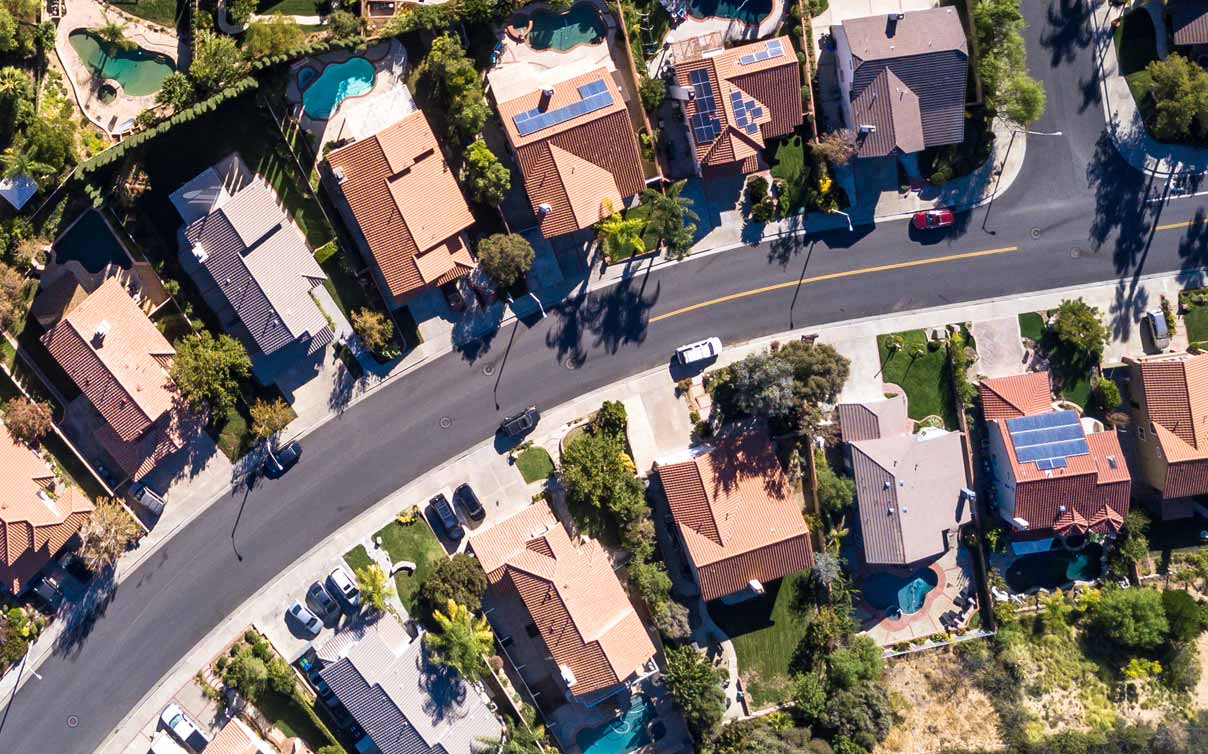
Is vegetation against the house dangerous?
The degree of maintenance determines whether or not your plants pose a risk.
On one hand, if your plants are well maintained—no fine dead material and properly watered—then they can defend a structure by catching firebrands and absorbing heat. On the other hand, if maintenance wavers and fine dead material accumulates and/or the plants dry out, then they can catch a firebrand and ignite, ultimately endangering your home.
With all that said, there are some types of plants you should never plant against a home. These plants have small, brittle and highly fragrant leaves, such as cedar, cypress, juniper, lavender, pine, santolina and rosemary.
Please see the article on “Plants and Fire Protection.”
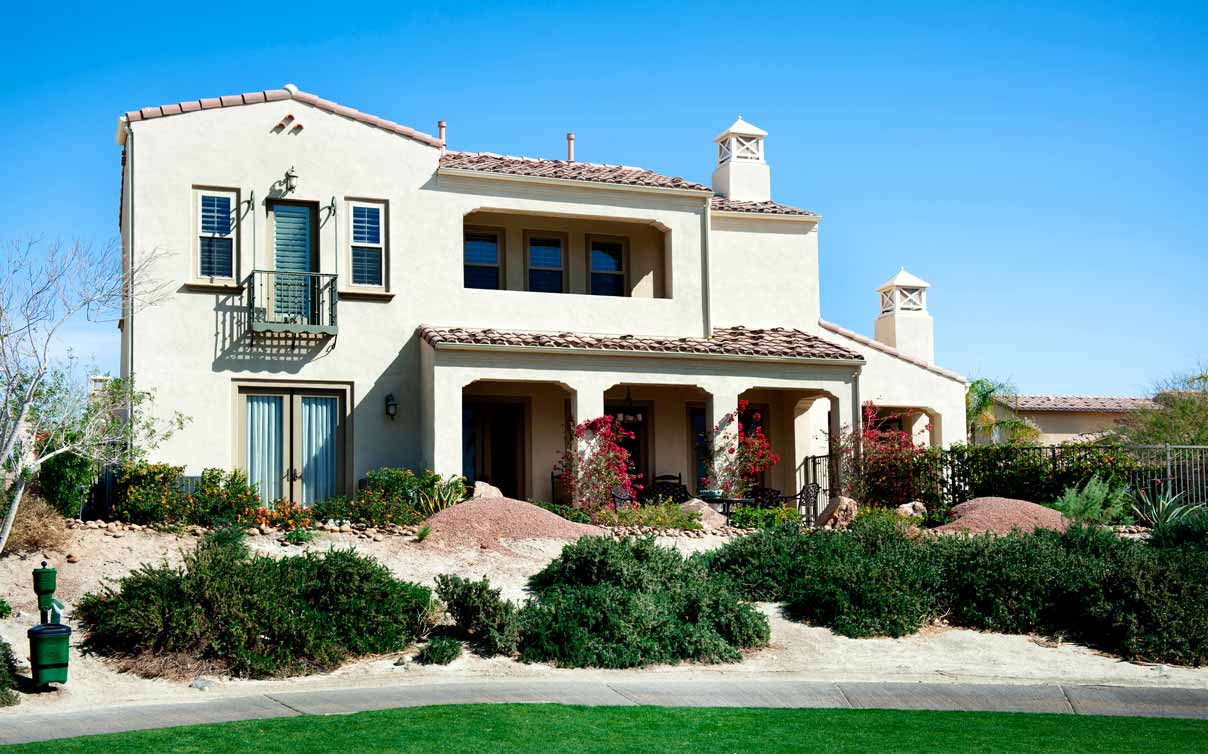
What is the best plant for fire protection?
There are a great many good plants, but no best plant.
Every plant has the potential to ignite. But that doesn’t mean every plant will ignite. Some plants are just more adept at reflecting firebrands and heat. Succulents, for example, are wonderful at fire protection. But besides succulents, how do you pick a good plant from the thousands available throughout California?
First, understanding the characteristics of a less flammable plant is more important than memorizing plants lists. And second, maintenance will ultimately determine whether or not a plant is fire resistant. Any plant with fine and dry material poses a risk.
Less Flammable
- Large and broad leaves
- Moist and easily bent leaves
- Thick leaves
- Leaves that are silver or gray
- Leaves without hair (cilia)
- Leaves and stems without a heavy fragrance
- A low amount of litter
- Sap that looks more like water
More Flammable
- Needle or blade-like leaves
- Stiff and leather-like leaves
- Fine or thin leaves
- Leaves with strong aromatic qualities, which indicates flammable oils
- A lot of litter
- Sap that is thick, gummy or resinous
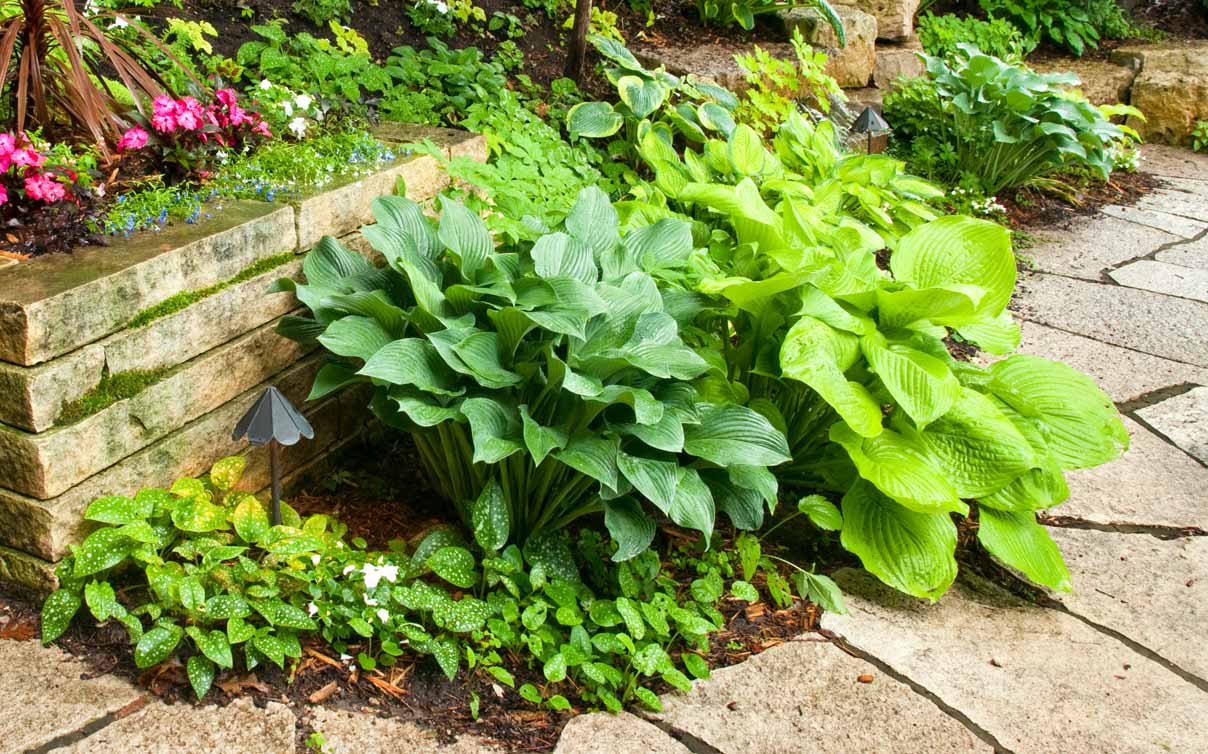
Can I use mulch in my landscape?
Yes, but there are limitations. In a nutshell, organic mulches should not be used immediately around your home. Below are guidelines for the use of mulch in fire country.
First, a quick overview of mulches is needed. There are two basic types: organic and inorganic. Naturally, inorganic mulches, like gravel, can be used anywhere. There are three broad types of organic mulches: mulch, compost and humus.

Mulch:
A raw course woody material. Mulches are used for weed suppression and water conservation. They have little green material, are slow to decompose, and are highly flammable.
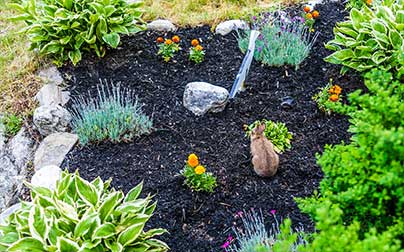
Compost:
With nutrient providing green matter, compost is slightly decomposed, generally moist, and less flammable than mulch. It is used for water conservation and as a mild fertilizer. It does a marginal job of weed suppression.
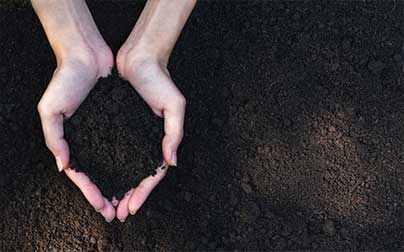
Humus:
The most decomposed of all the organic materials, humus is a fantastic, long-release fertilizer. It is used in potting mixes, vegetable beds, and all other places where productivity is desired. Unless completely dried, humus is not flammable.
Using Mulches in Fire Country
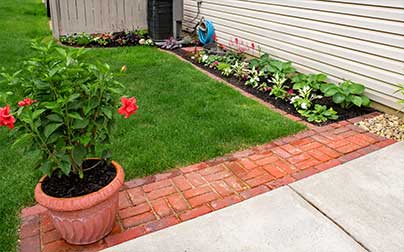
Within 5 Feet of Your Home
- Absolutely no woody mulches, like barks, chippings or wood shavings.
- Inorganic mulches, such as decomposed granite, pea gravel and river rock, are the best mulching material.
- If an organic mulch is needed for plant health, then only humus, the most decomposed and moist amendment.
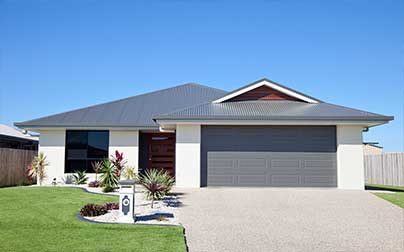
Within 30 Feet from Your Home
- Avoid woody mulches. They are still a huge risk.
- Compost is the safest mulch within 30 feet of your home.
- Avoid adding more than 2 inches of compost at once. Any thicker and it dries out, creating kindling.
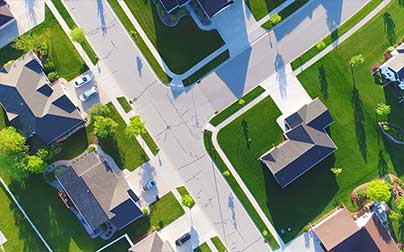
Further than 30 Feet from Your Home
- While woody mulches are not recommended, sometimes they are needed for weed suppression. If that is your case, then create mulched islands, disconnecting their flammable nature from all other elements in your garden.
What can I do if I rent a house in fire country?
Renters represent a large part of California’s housing and this is an important question. The answer is twofold. First, what can you do to protect yourself? And second, what can you expect your landlord do?
What Can You Do To Protect Yourself?
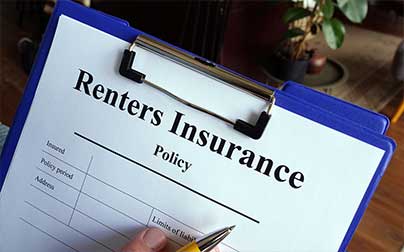
First, get renters’ insurance. And once it is active, catalog your valuables through pictures and documentation.
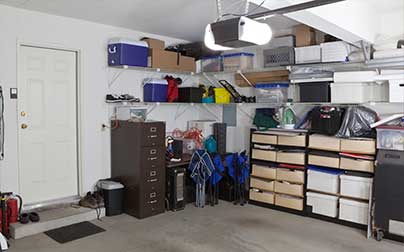
Second, do not store your possessions right outside of your home. These items become firebrand traps. Your stored belonging should be in the garage or house.
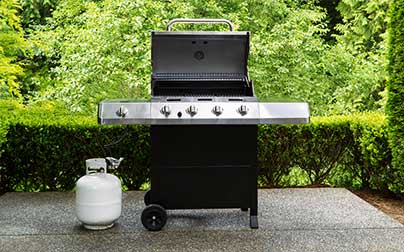
Third, make sure you are not the source of a fire. Remove all ignitable material from around BBQs, fire pits and work areas.
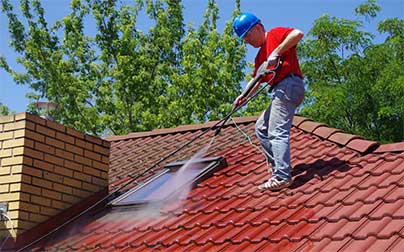
And lastly, and if your time allows, take care of the house and garden. Clean the roof, help maintain effective siding, and remove the dead and dry vegetation from around your home.
What Can You Expect Your Landlord To Do?
If you live in an area that has been designated as a High Fire Hazard, then the property owner, or representative, must comply with California and local building and vegetation clearance codes. At the minimum, these codes require homeowners to remove flammable materials and vegetation from within 100 feet of a home. If they build on to the home or rental unit, then they must comply with the building codes, which might prescribe certain types of roofing, siding and windows.
To see if you live in a High Fire Hazard Area, visit this website: CAL FIRE Hazard Severity Zone Maps →
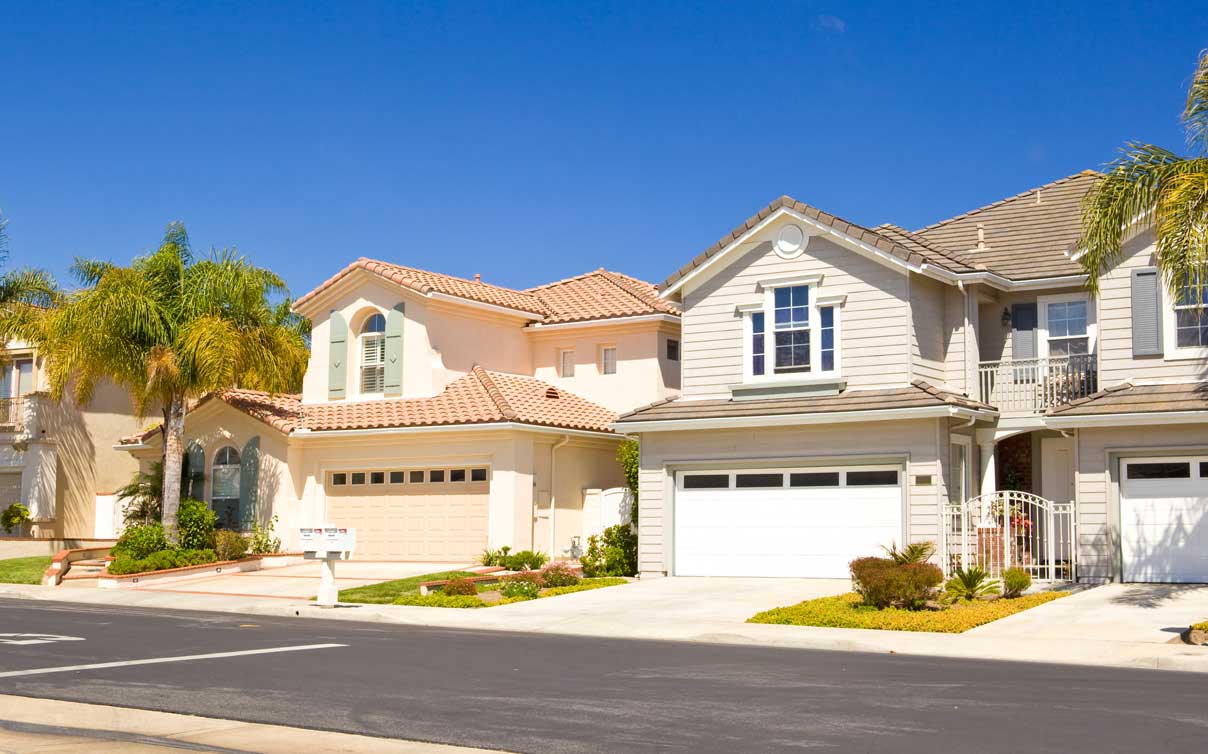
Is plastic outdoor furniture dangerous?
Plastic outdoor furniture can be made from a variety of materials, some of which are flammable, others that are much less so. Below are lists of plastics to avoid in fire country and those that are better. If you are unsure what type of plastic you have, visit the manufacturer’s website.
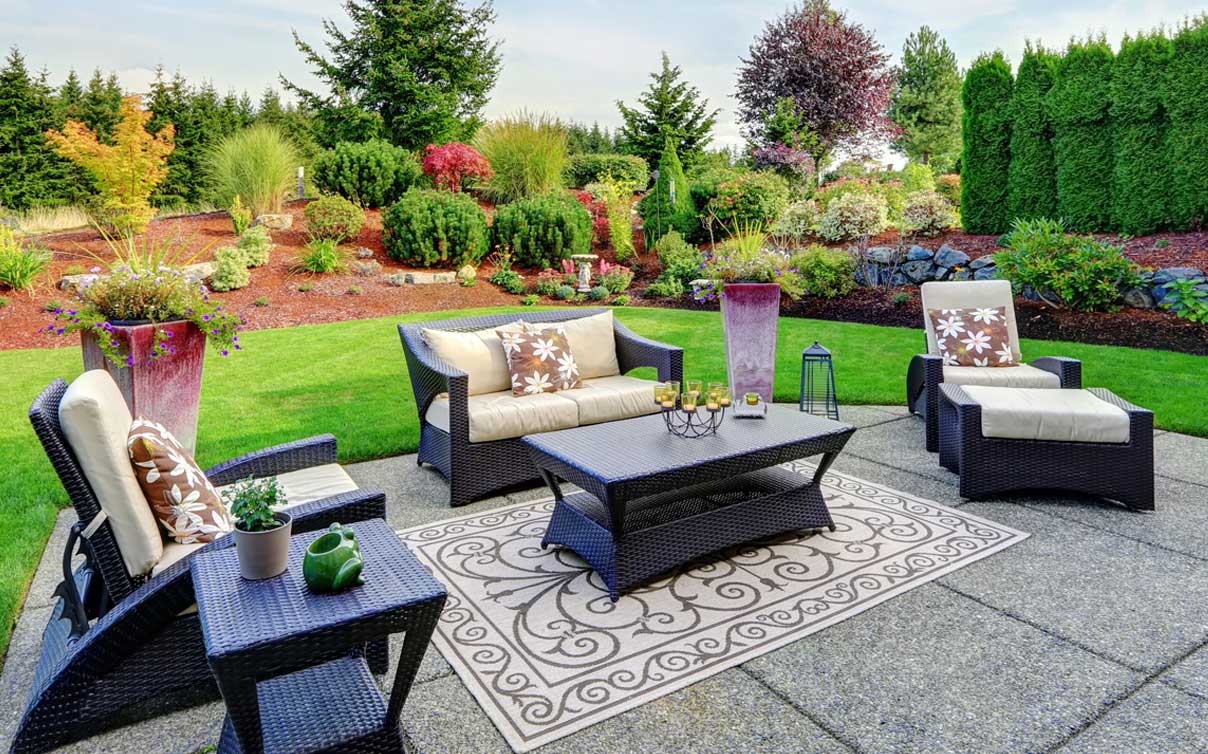
High-density Polyethylene: HDPE is made from recycled plastics, such as milk jugs and shampoo bottles. It creates a durable and long lasting product, but is flammable and will liquefy.
Low-density Polyethylene: LDPE is inexpensive, durable and flexible. It can be found in bags, light chairs and bins. Unfortunately, it will liquefy and burn at relatively low temperatures.
Polypropylene: PP is lighter weight than HDPE and lacks its strength. Although it is resistant to chemical degradation, making it great for containers and pots, it is also flammable.
Polystyrene: PS is commonly associated with Styrofoam, but can also be made into lightweight, UV resistant benches, chairs and tables. It is considered highly flammable.
Polyamides: PA, or better known as nylon, is commonly used for synthetic cushions, weed fabrics and netting. Nylon may be reluctant to burn, but once it does it melts and can spread a fire.
Polymethyl Methacrylate: PMMA, which is acrylic and Plexiglas, makes a long lasting and UV resistant sheet that can be clear. It is used for greenhouses and tabletops. It is highly flammable.
Better Plastics for Fire Country
Polyvinyl Chloride: PVC, often called vinyl, is durable, flexible and can be long lasting. It is used in couches, fencing and tables. Its high chlorine content makes it fairly fire resistant. It will melt.
Polycarbonate: PC is a tough and impact-resistant material. It is one of the better plastics for transparency. It is used in chairs, panes and tables. While it has reasonable flame resistance, it can leach BPAs.
Are plastic or plastic composite fences dangerous?
Luckily, the most common type of plastic fencing is vinyl, which is made from polyvinyl chloride (PVC). Vinyl has a good degree of fire resistance, but will wilt and melt in extreme heat.
Although less common, some plastic fences are made from Polypropylene (PP), nylon (PA), and polyethylene (PE). All three are considered flammable and should be avoided in fire country.
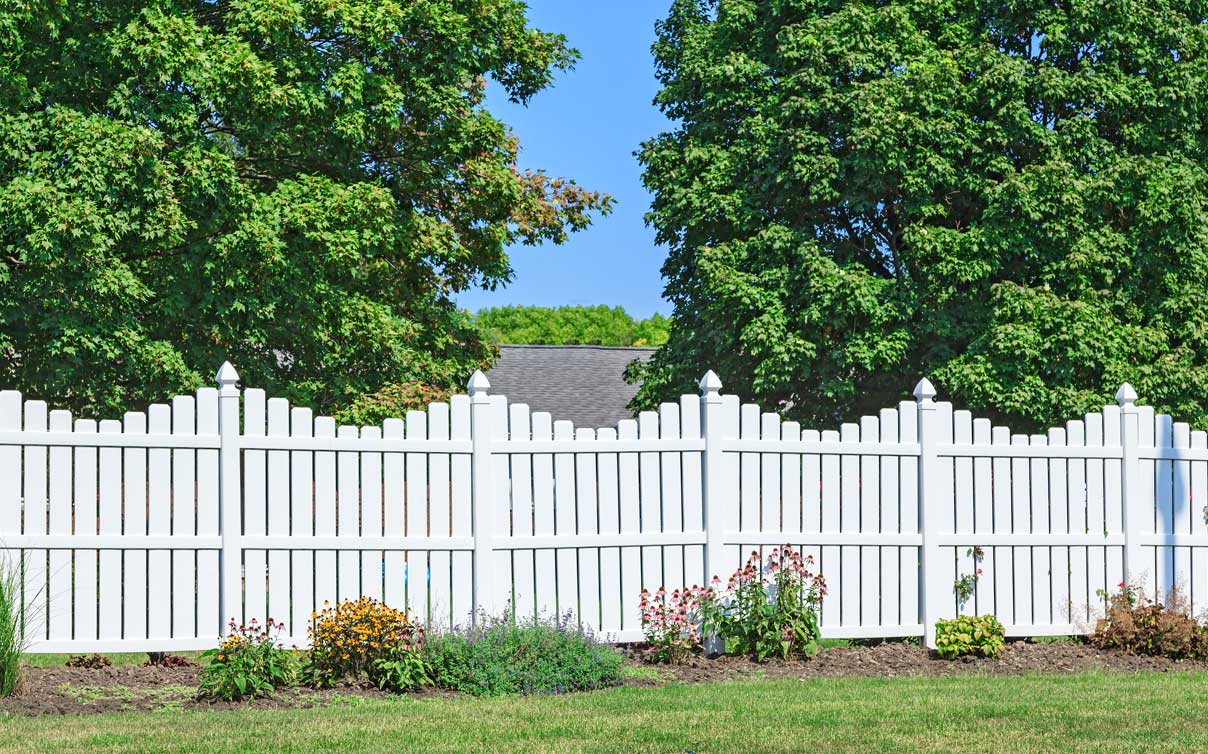
Are there any free resources for HOAs?
This is a two-part question: are there online resources; and is there money available for fire protection work? The answers are yes and maybe.
Helpful Websites for HOAs
There are many online resources where one can get guidance on managing fire safety within HOAs. Below are three websites that provide valuable insight; information that every HOA board member in fire country should know.

FEMA: Wildfire Mitigation Tools and Resources for Homebuilder, Developer, or HOA. This site provides links the building and fire codes, home building strategies, and effective vegetation management. FEMA Wildfire Mitigation Tools →

HOA Leader: This site is run by a news group and provides a great range of information for residents, board members and management firms. Their fire safety page is helpful, relevant and succinct. HOALeader FireSafety →
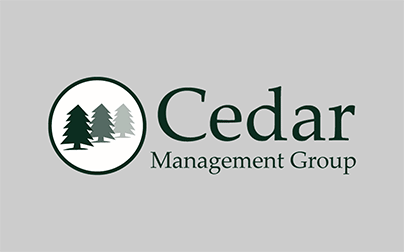
Cedar Management Group: This website is run by an HOA management organization and provides valuable and hard-won recommendations for HOAs in fire country. Cedar Management Fire Safety →
Possible Sources of Funding
Money for fire protection can be sought either directly or indirectly. Directly means that the money goes to measurable improvements of safety. Indirectly means that you received money for something else, but it inadvertently improved fire protection. Below are the organizations to contact for help.
FIRESafe Councils: FSCs are non-profit organizations with area-specific chapters throughout the state. FSC is funded by federal and state agencies, private companies and insurance organizations. Besides the work of education, FSC administers many types of vegetation clearance grants. For more information, visit Fire-Safe-Council.org.
Water Departments or Districts: Water suppliers throughout California often offer incentives and rebates for water conservation. An efficient irrigation system is just as valuable to water conservation as fire safety. Contact your local supplier for information.
Energy Providers: Many energy providers in California provide rebates on energy conservation retrofits, such as replacing old windows with thermal paned. Information on rebates will be on your electricity and gas providers’ website.
Power Line Companies: The organizations responsible for delivering electricity in overhead lines welcome working with HOAs. They have an incredible stake in fire safety. Contact your supplier to see if there are resources available for pruning, vegetation clearance and education.
How are we supposed to maintain fire safety in a landscape when the water district tells us not to irrigate?
Communities throughout California have grown beyond their comfortable supply of water. In times of drought, all of us can expect severe restrictions. These restrictions, and the incredible public response they inspire, inadvertently produce a great amount of flammable vegetation.
Drought is a notorious killer. If you are experiencing water restrictions, these steps will help reduce the risk.
- Constantly remove dead, dying and diseased vegetation. All three increase in drought.
- Cut back or remove water needy plants. Ideally, you would do this before they become a fire hazard.
- Prioritize your larger heritage plants. If you only have so much water, sacrifice annuals, perennials, and smaller shrubs for foundational or functional shrubs and trees, such as privacy hedges and shading trees.

What is the best ground cover for slopes?
This is a tricky question. There are many plants that are both fire resisting and hill holding. The one or two best suited for your slope depends on your area, degree of slope, and amount of topsoil. However, all fire-resisting plants—whether for slopes or for privacy—have key characteristics. Please see the article on “Plants and Fire Protection” for the list of attributes.
Importantly, if you are planting on a slope with little topsoil (the parent material is within several inches), then you will want shallow rooted, sprawling perennials and prostrate shrubs. Deep-rooted plants, such as oak, will pry apart the parent material and increase long-term erosion. If you are planting on a slope with moderate or great amounts of topsoil, then deep-rooted plants, like lemonade berry and toyon, are recommended. These plants help pin soil layers together and slow erosion.
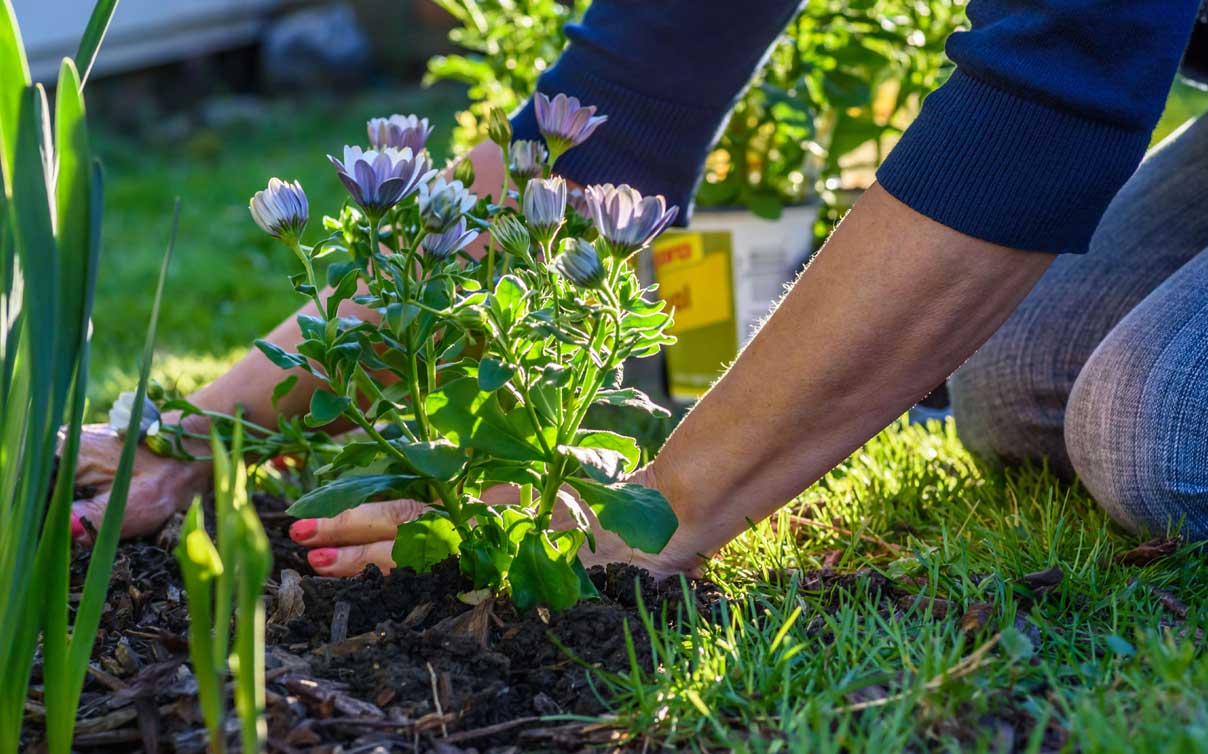
What do I do if my flammable neighbor’s house is only 25 feet away?
Neighbors must learn to work together in fire country—what affects one affects all. Communication and compassion are essential in close-knit communities. Some of the things to seek with neighbors are: do we have channels for clear communication; does everyone know the importance of fire safety; and is everyone aware of the resources available to help themselves?
Here are four things to do:

First: Make sure that your insurance is in order. Your coverage should be current and all your valuables should be cataloged with documentation and pictures.
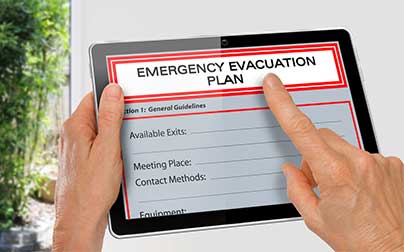
Second: Make sure that you and your family have an evacuation plan. Everybody should know what to grab and where to go in an emergency.
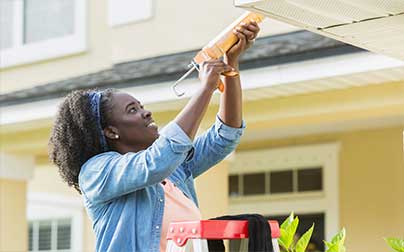
Third: Create and maintain a fire-hardened structure. Your house will have to withstand an intense blast of firebrands and heat. Please see the question above “What is the single greatest thing I can do to save my home?”.

Fourth: Remove all flammable items from around the windows inside the house that faces your neighbor. This will help prevent the radiant heat from igniting things inside your home.
How do I get the debris out of my roof gutters?
This is a great question and not as easy as it sounds. Cleaning roof gutters is an arduous, if not dangerous task. But no matter the challenge, gutters must be cleaned in fire country – and once a month in wooded areas during fire season. Below are the many ways to clean roof gutters.
Hire Someone: Naturally, the easiest, but most expensive recommendation is to hire someone to clean your gutters.
Gutter Trowel: Many hardware stores sell a gutter trowel, which is a small hand shovel designed to fit roof gutters. The tool is easy to use and the debris can be managed cleanly, but it still involves either climbing a ladder or reaching over the edge of your roof.
Wet/Dry Vacuum: Using an outdoor vacuum (Shop-Vac) is a clean and efficient way to remove debris. Some hardware stores sell extension hoses and hooked beaks that allow you to vacuum your gutters from the ground.
Blower: Using a blower to push the debris from your gutters is quick and efficient, but messy and still involves getting up on a ladder or the roof.
Hose: Once the larger material has been removed, the finer debris can be washed from the gutter with your garden hose. Hosing gutters is fast, but messy work.
Pole System: There are a variety of pole-extension systems that allow you to clean your gutters from the ground. All these pole systems have a hooked end that fits in to gutters. Some pole systems involve a trowel at the end of a pole; others can be attached to your garden hose and help blast the debris out; and others that attach to a drill and have rotating brushes that removes debris. To see the many products, Google “cleaning roof gutters with poles.”
Install Leaf Guards: Leaf guards can help prevent a big pile of dead material from accumulating in your gutters, but you will still have to sweep the roof of leaves. Importantly, make sure your leaf guards are made from metal, such as aluminum, and not plastic, like nylon, which is flammable.
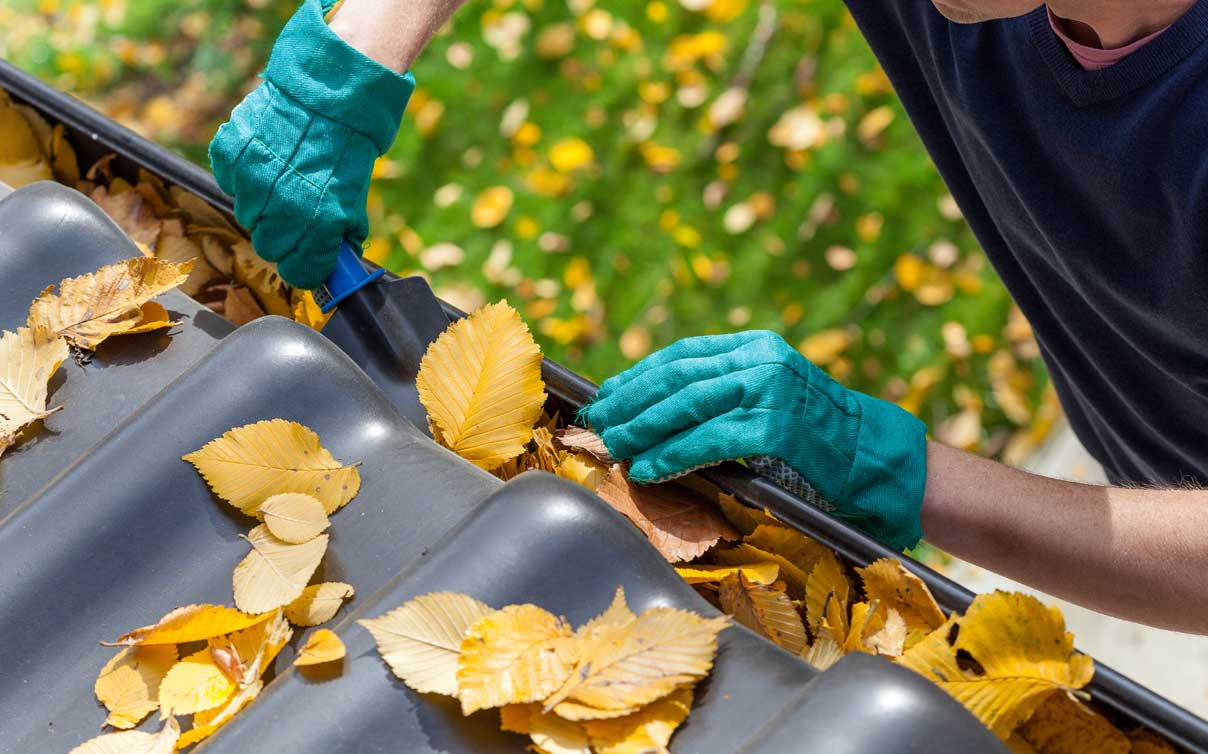
What is the best ground cover to replace a lawn?
There are a wide variety of plants that can be grown to replace lawns in California.
A lawn replacing plant will have particular attributes. They are low growing, recover from trampling, do not require a lot of water, and are attractive. All of which can be grown throughout most of California.
Trailing, Rooting and Perennial Lawn Alternatives
|
Botanical Name |
Common Name |
|---|---|
|
Abronia spp. |
Sand verbena |
|
Achillea spp. |
Greek, native, silvery, and woolly yarrow |
|
Aster chilensis |
Wild aster |
|
Aurinia saxatilis |
Basket-of-gold |
|
Cerastium tomentosum |
Snow-in-summer |
|
Chamaemelum nobile |
Chamomile |
|
Convolvulus mauritanicus |
Ground morning glory |
|
Coreopsis auriculata ‘Nana’ |
Tickseed |
|
Duchesnea indica |
Indian mock strawberry |
|
Dymondia margaretae |
Dymondia |
|
Erigeron spp. |
Fleabane |
|
Epilobium septentrionale |
Humboldt County fuchsia |
|
Erodium reichardii |
Cranesbill |
|
Festuca californica, F. rubra |
California fescue, Creeping red fescue |
|
Fragaria spp. |
Edible, wild, and sand strawberry |
|
Gazania hybrids |
Trailing gazania |
|
Geranium spp. |
Cranesbill |
|
Herniaria glabra |
Rupture wort |
|
Lychnis coronaria |
Crown-pink, dusty miller |
|
Oenothera hookeri |
Hooker’s evening primrose |
|
Osteospermum fruticosum |
African daisy, freeway daisy |
|
Phyla nodiflora |
Lippia |
|
Pelargonium peltatum Ivy geranium |
Ivy geranium |
|
Potentilla spp. |
Cinquefoil |
|
Sagina subulta |
Irish and Scotch moss |
|
Stachys byzantine |
Lamb’s ears |
|
Thyme spp. |
Thyme |
|
Trifolium spp. |
Strawberry and white Clover |
|
Tropaeolum spp. |
Nasturtium |
|
Verbena gracilior, V. pulchella, V. tenuisecta |
Verbena, moss verbena |
|
Veronica spp. |
Veronica, speedwell |
|
Zoysia spp. |
Zoysia |

Why are slopes dangerous?
Wildfires on slopes burn hotter, run faster and produce longer flames than fires on flat ground. There are two reasons why slopes are so much more dangerous than flat ground.
First, flame length elongates on slopes. For every 10% increase in slope the length of flame will double, meaning that if a shrubby ground fire produces 6-foot flames, it will lengthen to 24 feet on a 20% slope—more than enough to jump into houses and trees.
Second, convective forces naturally propel firebrands, flames and heat up the face of a slope. As air heats, it expands and becomes lighter, rising as a consequence. This rising hot air will climb a slope and dry upslope vegetation. When a firebrand or flame eventually gets to this preheated area, ignition is likely.
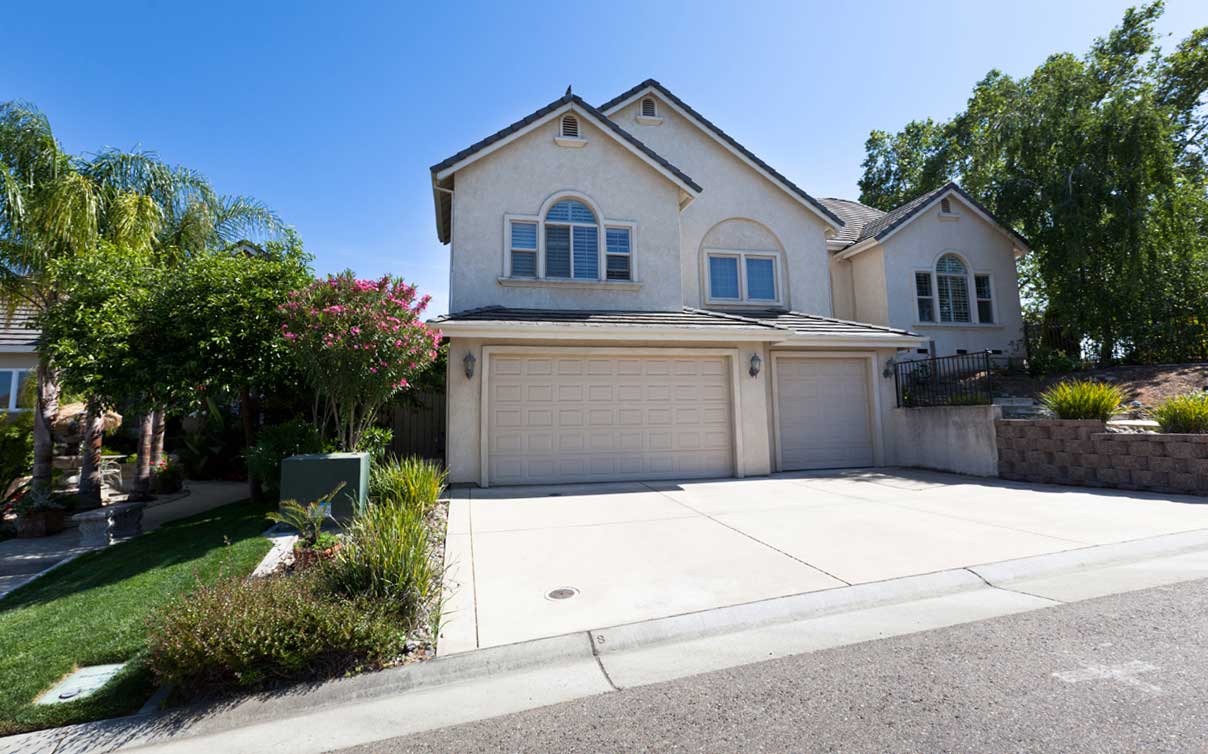
How do I know if I have defensible space?
There are four ways to find out if you have defensible space.
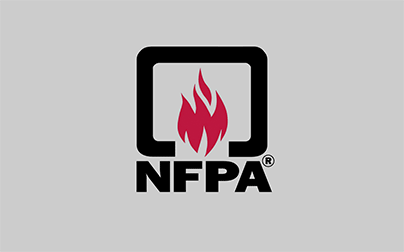
First, do a self-inspection and then compare your findings to the guidelines set by FireWiseUSA.

Second, contact your Mercury Insurance agent, or your insurance company, and ask them for guidance.

Third, take the CAL FIRE online Defensible Space Survey to learn about how prepared your home is to weather a fire and identify what areas of your property need to be addressed
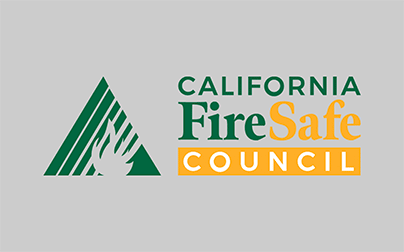
Fourth, contact a local resource and ask for help. This resource might be your local fire department, Firewise chapter, or FIRESafe Council
Are there any organizations I can join to help reduce the danger in my community?
Yes! Below are the two organizations most active in community engagement in California.
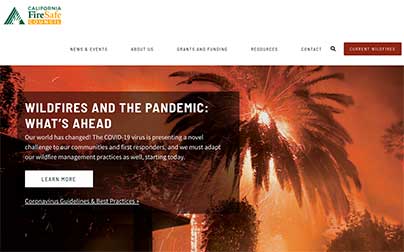
FIRESafe Council
Local FIRESafe Councils are scattered throughout California. They are volunteer-run and provide public education and resources to their service area. If you have a Council in your neighborhood, join it – they are an incredible bunch. If you do not have a Council, but want one, please visit the FSC website
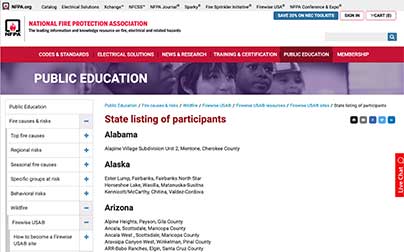
Firewise USA
There are over 330 communities registered as a Firewise in California. Funded by the National Fire Protection Association, Firewise participation involves public education and neighborhood action. To see if your community is part of this national endeavor visit the Firewise website.
Where can I go to get literature or teaching aids for my neighbors and community?
Californians have been living with wildfires for thousands of years. While there is an incredible trove of online information, the most current and relevant information can be found on the websites below.

Mercury Insurance
Mercury Insurance provides peace of mind and educational material to people living in fire country.

FIRESafe Council
California Department of Forestry has an incredible library of online resources for individuals and communities.

CalFire:
Local FIRESafe Councils are scattered throughout California. They are volunteer-run and provide a great range of public education material.

Firewise USA:
Firewise USA is part of a national effort to reduce the damage from wildfires. They have a rich library of online resources.
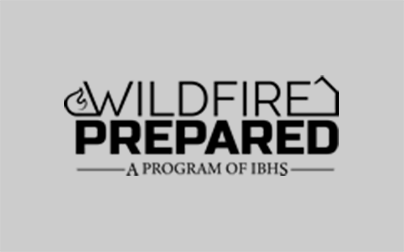
IBHS Wildfire Prepared Home:
Wildfire Prepared Home™ is a voluntary, research-based mitigation program designed to meaningfully reduce wildfire risk.

